
It is this cultural diversity that is key to building profound, sustainable tourism products.
Cultural Heritage - Creating Economic Dynamics
With the advantage of nearly 500 km of coastline – the longest in the country – Khanh Hoa is holding a system of marine cultural heritage, with many priceless layers of cultural sediments. The province owns international-class bays such as Nha Trang, Cam Ranh, Van Phong, along with the wild and unique features of Vinh Hy Bay, Hang Rai, Mui Dinh.
This rich cultural heritage plays an important role in shaping key economic sectors and is the foundation for the remarkable development of Khanh Hoa in the future. Mr. Pham Minh Nhut, Chairman of Nha Trang - Khanh Hoa Tourism Association, affirmed that the marine cultural heritage not only has great potential for resort tourism and biodiversity exploration, but is also a key axis for the province's marine economic development.

Regarding intangible culture, the unique combination of Cau Ngu Festival, Bai Choi singing art, knowledge of exploiting bird's nests and traditional sea religious rituals is a solid foundation for building a marine cultural heritage brand, promoting high-class sea products and rituals as distinct tourist attractions.
On the other hand, an equally remarkable factor is the western mountainous region of the province, a long-standing residence of ethnic minority communities such as Raglai and K'ho, creating an important ecological corridor and rich mountainous cultural heritage. Here, Raglai culture is developed in a unified manner, expressed through folk knowledge of the mountains and forests, a unique system of musical instruments (lithophones, ma la), and symbolic rituals such as the Grave-Removal Ceremony.

On this land, the children of the Raglai and Cham people always carry within them a deep love and awareness of preserving and passing on the unique cultural heritage of their people.
Artisan Mau Hong Thai, a Raglai man in Khanh Son commune, concluded at the age of over 80: "The Raglai people's culture is quite diverse and unique, in which the lithophone is considered a treasure. The lithophone is not just an inanimate musical instrument, but is the crystallization of the character and sacred soul of the entire Raglai community. That instrument is considered the 'soul' in all cultural activities, the echo of the great forest."
The artist recalls: In the early days, the Raglai people used the lithophone as a 'talisman', its sound repelled wild animals, protected fields and crops. Over time, the lithophone has surpassed its original function, becoming an indispensable sacred object, only respectfully played during important community festivals."

At a recent scientific conference in Khanh Hoa, Prof. Dr. Nguyen Van Kim, Vice Chairman of the National Cultural Heritage Council, said that organizing a scientific conference is a key foundation to provide a solid scientific basis, thereby helping Khanh Hoa province build a long-term strategic plan to maximize the value of cultural heritage.
He pointed out that the path to "awakening" the potential of cultural heritage requires a smooth combination of three factors: architectural embellishment (hardware), promoting intangible values (such as ceremonies) and especially the active and unanimous participation of the local community...

Support craft village development and community connection
Khanh Hoa currently inherits a chain of traditional craft villages of high value, including famous tangible cultural heritages: Bau Truc Pottery, My Nghiep Brocade Weaving, along with other traditional crafts such as fish sauce, handicrafts. This combination creates a unique chain of cultural and economic values.
Director of the Department of Culture, Sports and Tourism of Khanh Hoa province Nguyen Van Hoa said: Bau Truc pottery village (Ninh Phuoc commune, Khanh Hoa province) is the place to preserve the art of Cham pottery - an intangible cultural heritage in need of urgent protection, recognized by UNESCO.
The village currently has about 400 households involved in the craft, of which more than 200 workers directly participate in regular production. The whole village has 12 production and business establishments and 02 stable cooperatives, forming a vibrant craft space, vividly reflecting the cultural identity of the Cham community.


Along with the team of elderly artisans, the “living human treasures” who preserve traditional crafting techniques, there are more and more young, dynamic, creative artisans who proactively learn and innovate product designs. Thanks to that, Bau Truc pottery is not only diverse in design and function, meeting market tastes, but also retains the original spirit of the art of making handmade pottery without a turntable - a unique and rare technique in today's pottery lines.
Currently, the Department of Culture, Sports and Tourism of Khanh Hoa province is completing the Project "Preserving and promoting the value of intangible cultural heritage of Cham pottery art" for the period 2023 - 2028, with a vision to 2030, to implement the National Action Program on protecting and promoting the value of intangible cultural heritage of Cham pottery art.
The project has a total estimated cost of over 200 billion VND. This is one of the largest and most comprehensive projects in the field of heritage conservation in the province, demonstrating the strong determination of the locality in preserving, restoring and developing the traditional cultural values of the Cham community.

“The goal of the Culture sector is to turn Bau Truc into a center of Cham ceramic creation, a place to both preserve heritage and develop cultural tourism. Bau Truc ceramics is not only a traditional craft, but also a unique cultural symbol of the Cham people of Khanh Hoa, which needs to be honored, protected and promoted more strongly on a national and international scale,” Nguyen Van Hoa affirmed.
Talking to us, artisan Truong Thi Gach (80 years old, Cham) said: Bau Truc pottery making is famous for the process of "molding by hand, rotating by butt", then firing in the open air without using a closed kiln and without using glaze.
This technique creates the characteristic red-yellow and pink-red colors that are imbued with the soul of Champa culture. Bau Truc pottery is not only a handicraft product but also a living heritage, a pride of Cham identity.

Despite her advanced age, the artisan’s hands are still agile and flexible, “breathing life” into each block of clay. For the past 65 years, her talented hands have been completely attached to the sound of earth and fire, diligently preserving and promoting the quintessence of this traditional pottery craft.
Sharing with reporters, Mrs. Truong Thi Gach expressed her wish: "As long as I am healthy, I will continue to make pottery to serve the people and tourists. I also want to set an example for the elderly to stick with the profession passed down from mother to son, so that the descendants in the clan can follow and continue to preserve the precious heritage of the village."
With the desire to preserve and develop traditional crafts, Mrs. Gach has nurtured many generations of talented ceramic artisans, typically women such as: Quang Thi Kim Nong, Quang Thi Pho, Truong Thi Ben, Nguy Thi Tho, Chau Thi Kim Oanh...

Along with Bau Truc is My Nghiep brocade weaving village (also known as Cham Inrahani/Ca Klaing village), a typical ancient craft village and one of the traditional craft villages with the longest history in Southeast Asia.
My Nghiep village is famous for preserving almost intact the traditional weaving process. The products are made entirely by hand on primitive wooden looms, without the use of machinery. The weaving profession is mainly undertaken by Cham women and is passed down in the form of "mother to daughter" (matriarchy), demonstrating the important role of women in Cham culture.
My Nghiep village is still the place to preserve and promote Cham folk art troupes, thereby maintaining the "soul" of the people. Among those who are passionate about this heritage, we must mention artisan Van Ngoc Chi (57 years old).

According to artist Chi, traditional Cham music is characterized by three main instruments: Ghi nang drum, Paranung drum and Saranai trumpet. Currently, all three instruments are regularly used in performances for tourists at Po Nagar Tower (Nha Trang).
Having been playing the Ghi Năng drum for 15 years, Mr. Chi is considered one of the few most skilled Ghi Năng drummers. "I have mastered all 75 Ghi Năng drum tunes learned from the elder teacher in the village," Mr. Chi shared.
The artist shared his excitement, affirming that the merger has opened up a wider cultural space for Khanh Hoa province. Thanks to that, he has the opportunity to perform and exchange at cultural towers and events, directly increasing his income and improving his life.

Mr. Dang Xuan Ky, a Cham Brahmin dignitary, could not hide his joy and said: "After the province's merger, Cham culture received special attention from the locality. Cultural heritages were strongly promoted and developed, attracting many tourists and people to come and learn. This makes me very happy and proud."
He also added that many Cham workers in the field of cultural heritage and arts have stable jobs with income that ensures their lives.
Cultural researchers and tourism experts believe that in order for artisans and craft village owners to participate directly and effectively in the tourism supply chain, Khanh Hoa province needs a comprehensive support policy. Specifically, this policy must include the establishment of preferential capital support funds (low interest rates) to upgrade facilities and modernize production processes in a reasonable manner.


In parallel, tourism skills training is essential, focusing on courses on communication, interpretation, basic foreign languages and building valuable on-site experience products (such as pottery, weaving, and fish sauce workshops).
Furthermore, to support digital transformation, it is necessary to fund the setup of online booths, and provide guidance on how to use social networks and electronic booking/payment platforms, helping them to promote and sell directly to tourists without intermediaries.
(To be continued)
Source: https://baovanhoa.vn/van-hoa/bai-2-khai-thac-da-dang-nguon-luc-van-hoa-cac-dan-toc-va-lang-nghe-180714.html


![[Photo] Prime Minister Pham Minh Chinh receives Lao Minister of Labor and Welfare Phosay Sayasone](https://vphoto.vietnam.vn/thumb/1200x675/vietnam/resource/IMAGE/2025/11/11/1762872028311_dsc-2246-jpg.webp)







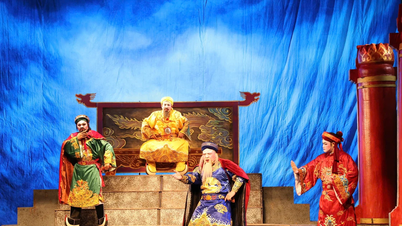








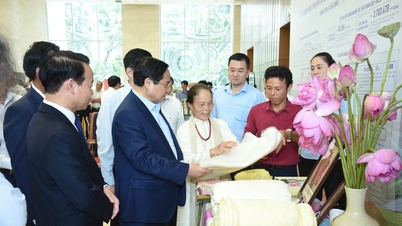






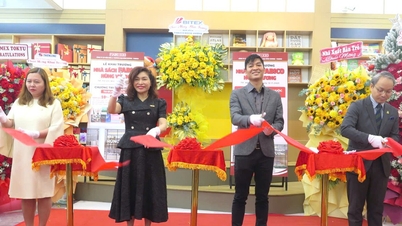





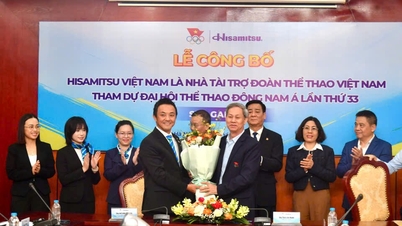































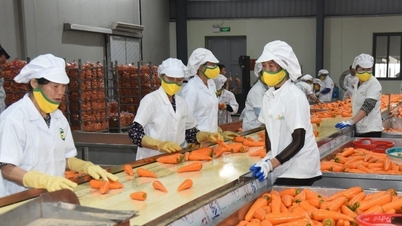








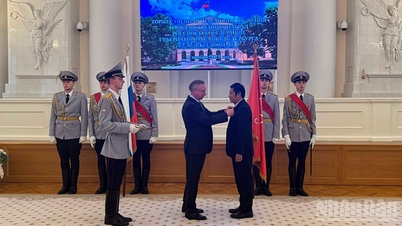

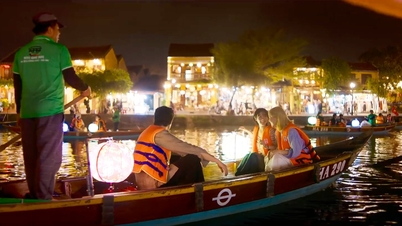













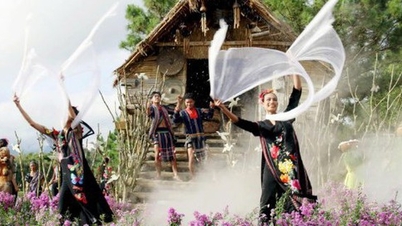

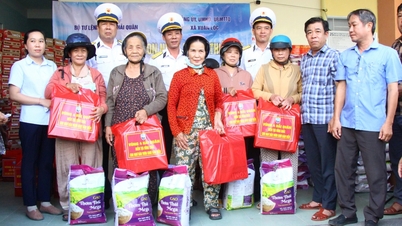


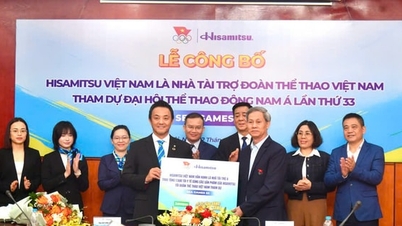



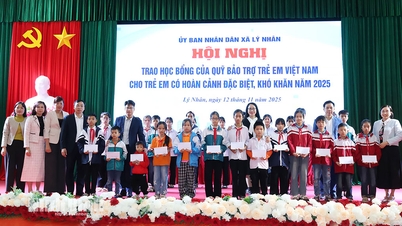






![Dong Nai OCOP transition: [Article 3] Linking tourism with OCOP product consumption](https://vphoto.vietnam.vn/thumb/402x226/vietnam/resource/IMAGE/2025/11/10/1762739199309_1324-2740-7_n-162543_981.jpeg)




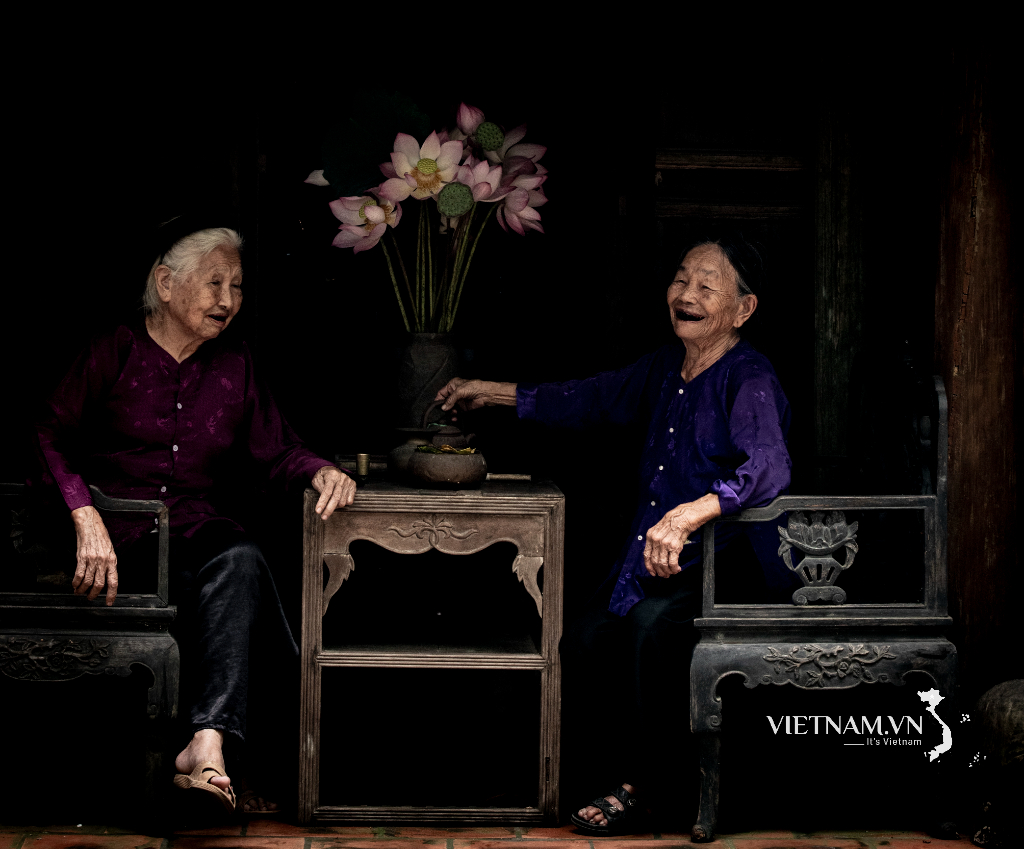



Comment (0)